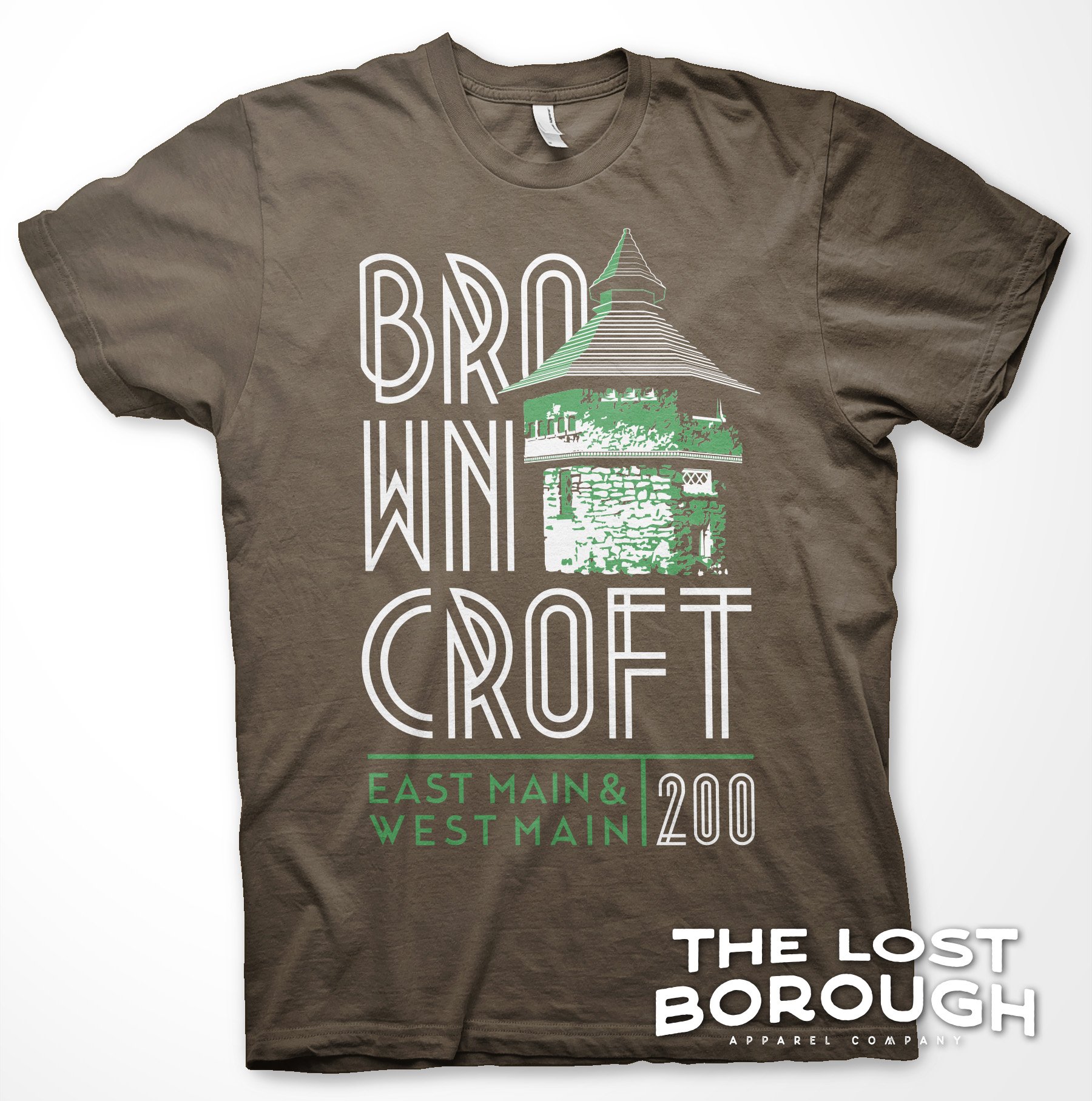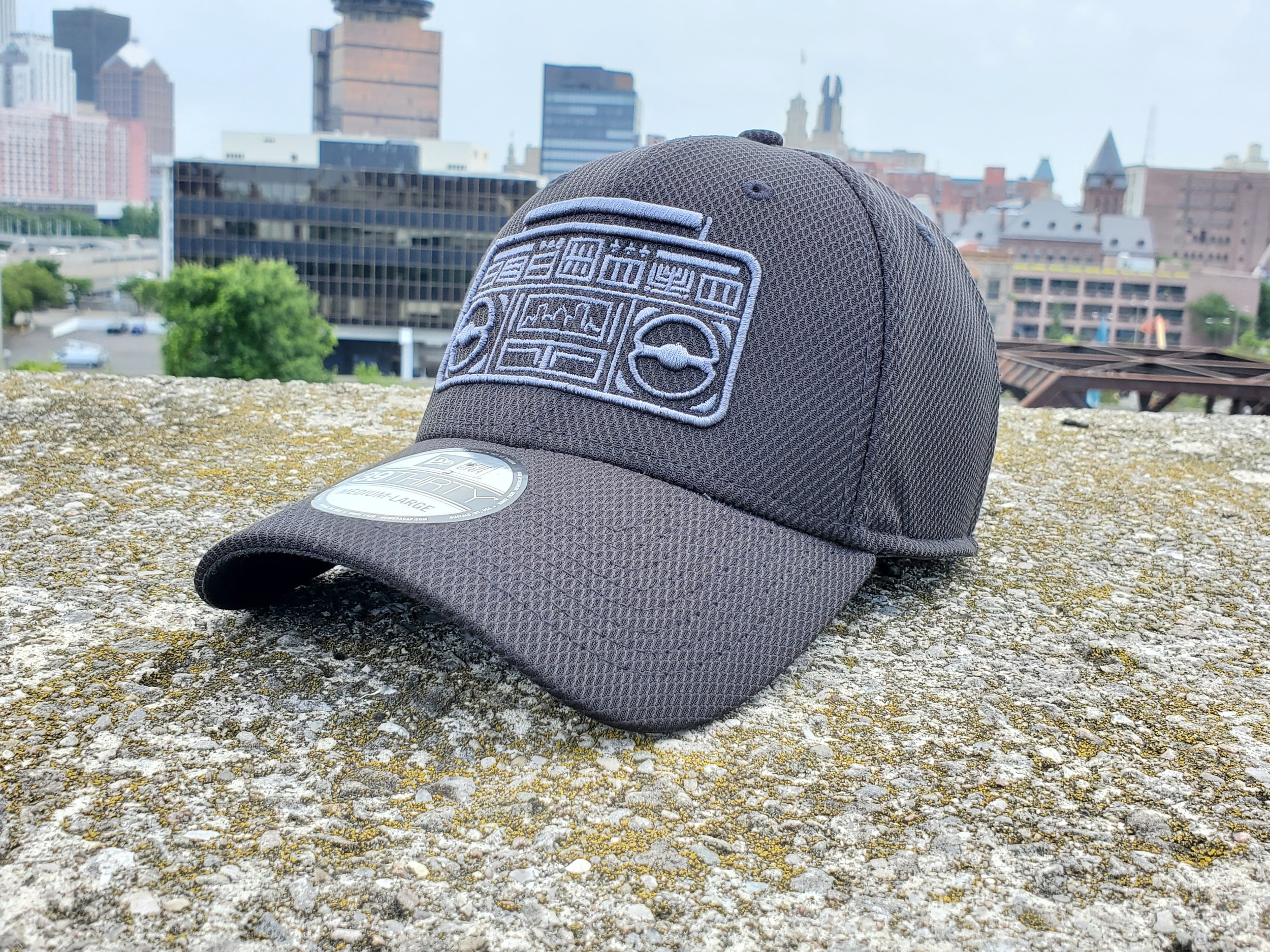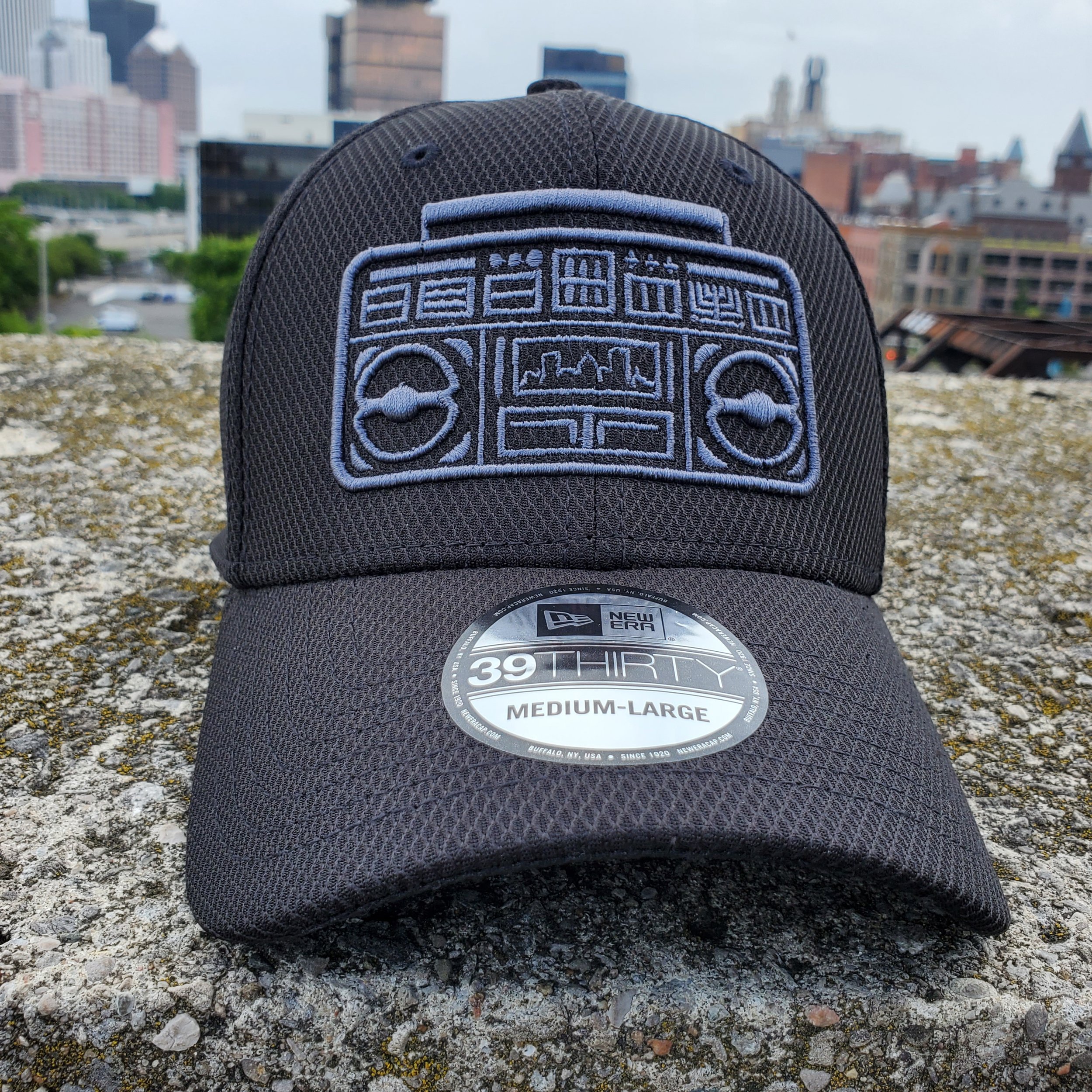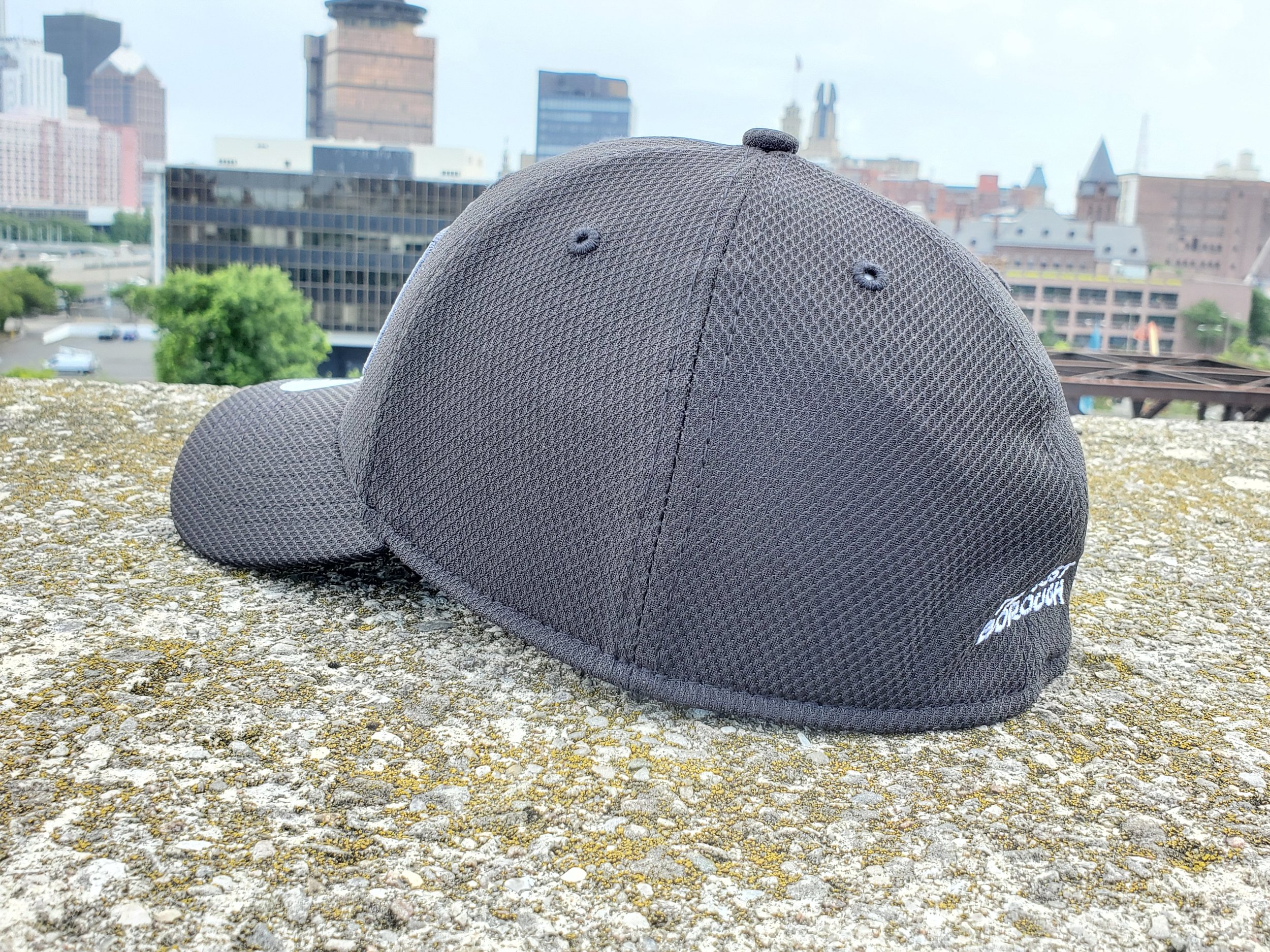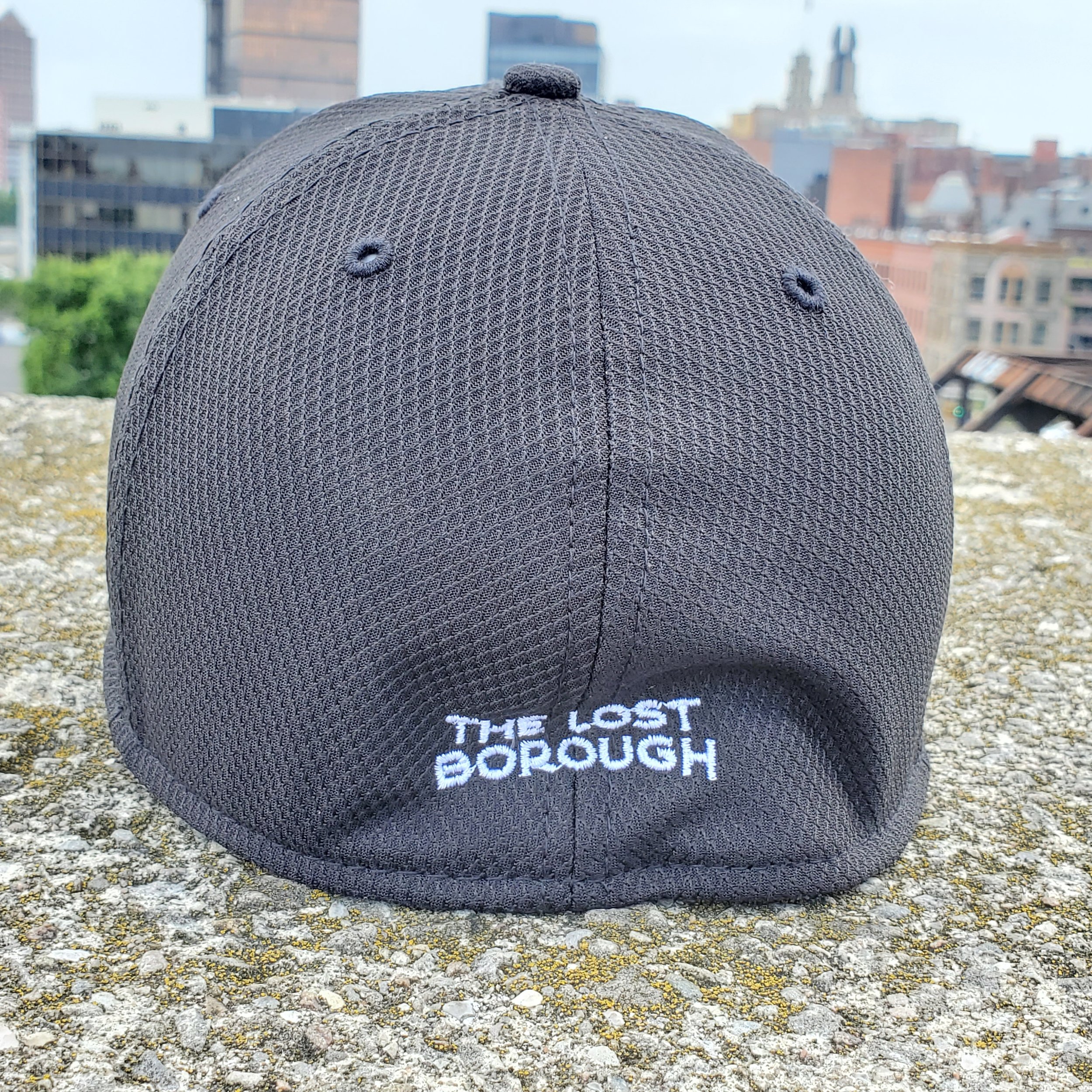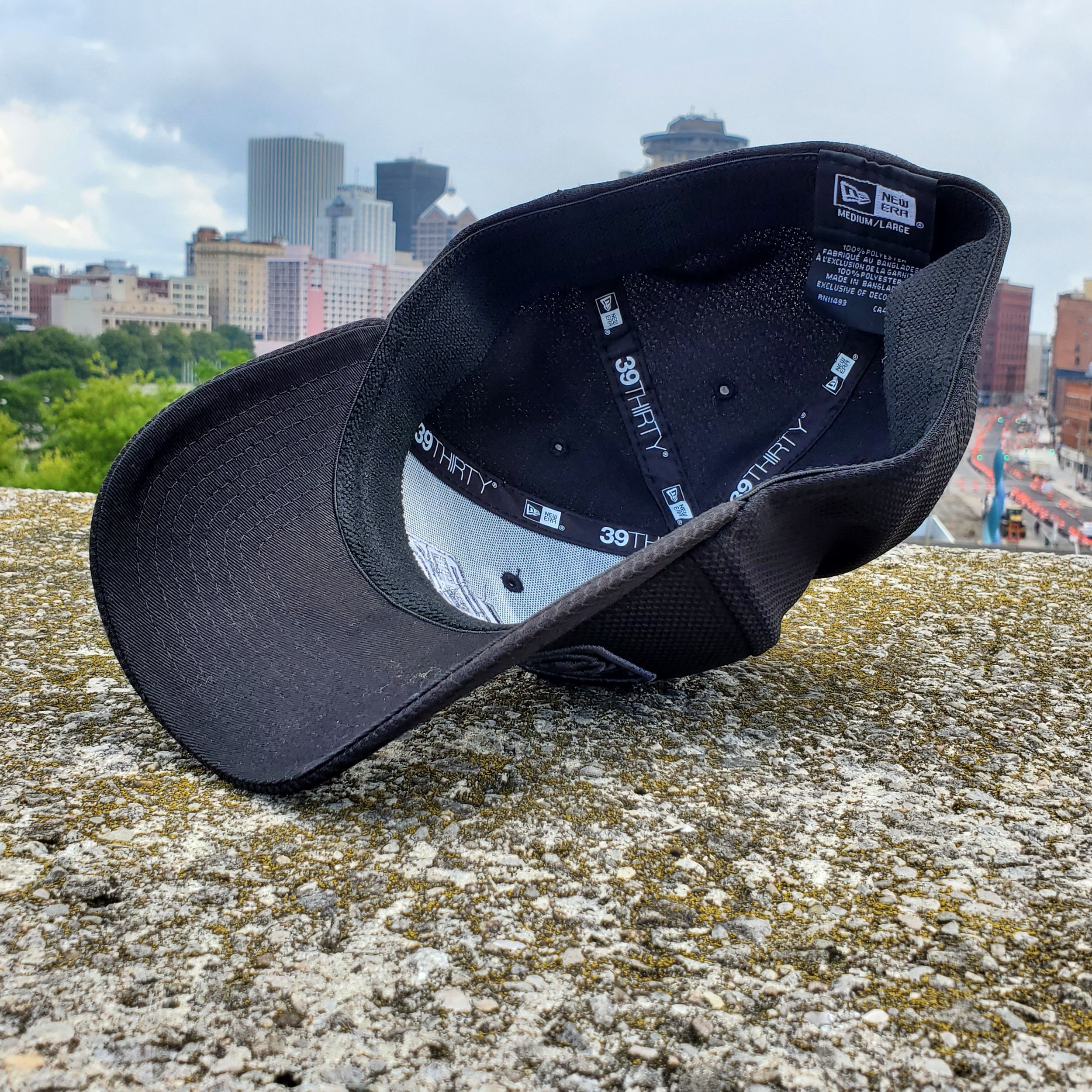 Image 1 of 3
Image 1 of 3

 Image 2 of 3
Image 2 of 3

 Image 3 of 3
Image 3 of 3




Flower City Logo
Land speculators and pioneers drawn to the Genesee Valley shared a similar vision of prosperity, eyeing a unique natural resource, easily positioned for industrial potential: the Genesee River. More directly, they saw the might of the original four waterfalls, and quickly went about creating raceways and mills (even blasting away one of the waterfalls in the process). These mills fashioned lumber, iron, textiles, and other materials for commerce and export. As Rochesterville was quickly becoming the proper city of Rochester, mills were slowly evolving, and our lead industry was slowing changing. Wheat fields and flour production were starting to head west towards greener pastures, and our still fertile soil was inadvertently making room for something else: plant nurseries. One industry quickly replaced and surpassed another, and our old Flour City nickname changed letters but still sounded the same: Flower City.
To recognize this historic transition between two unique industries, the City Of Rochester commissioned a logo in 1970 to represent itself in official capacity, leading to one of the most recognizable symbols in the region. To recognize the history culture and pride of Rochester, this featured design is an illustrated circle of life for plant seeds: seeds were harvested from various trees produce and flowers, those seeds were planted and maintained within greenhouses and nurseries for optimum growth, various tools and growing strategies were utilized, the sprouts would grow into strong saplings, captivating flowers, and delicious fruits and vegetables, and companies would advertise their offerings through vibrant and colourful catalogs and ads.
Word spread of the regions fertile prowess, and the area nurseries, greenhouses, and seed dispensories became world renown. George Ellwanger’s and Patrick Barry’s Mount Hope Nursery was at one point the world’s largest!
Land speculators and pioneers drawn to the Genesee Valley shared a similar vision of prosperity, eyeing a unique natural resource, easily positioned for industrial potential: the Genesee River. More directly, they saw the might of the original four waterfalls, and quickly went about creating raceways and mills (even blasting away one of the waterfalls in the process). These mills fashioned lumber, iron, textiles, and other materials for commerce and export. As Rochesterville was quickly becoming the proper city of Rochester, mills were slowly evolving, and our lead industry was slowing changing. Wheat fields and flour production were starting to head west towards greener pastures, and our still fertile soil was inadvertently making room for something else: plant nurseries. One industry quickly replaced and surpassed another, and our old Flour City nickname changed letters but still sounded the same: Flower City.
To recognize this historic transition between two unique industries, the City Of Rochester commissioned a logo in 1970 to represent itself in official capacity, leading to one of the most recognizable symbols in the region. To recognize the history culture and pride of Rochester, this featured design is an illustrated circle of life for plant seeds: seeds were harvested from various trees produce and flowers, those seeds were planted and maintained within greenhouses and nurseries for optimum growth, various tools and growing strategies were utilized, the sprouts would grow into strong saplings, captivating flowers, and delicious fruits and vegetables, and companies would advertise their offerings through vibrant and colourful catalogs and ads.
Word spread of the regions fertile prowess, and the area nurseries, greenhouses, and seed dispensories became world renown. George Ellwanger’s and Patrick Barry’s Mount Hope Nursery was at one point the world’s largest!
Unisex Cut:
Shirt Color: Heather Deep Purple
Shirt Type: 50/50 Polyester Cotton

